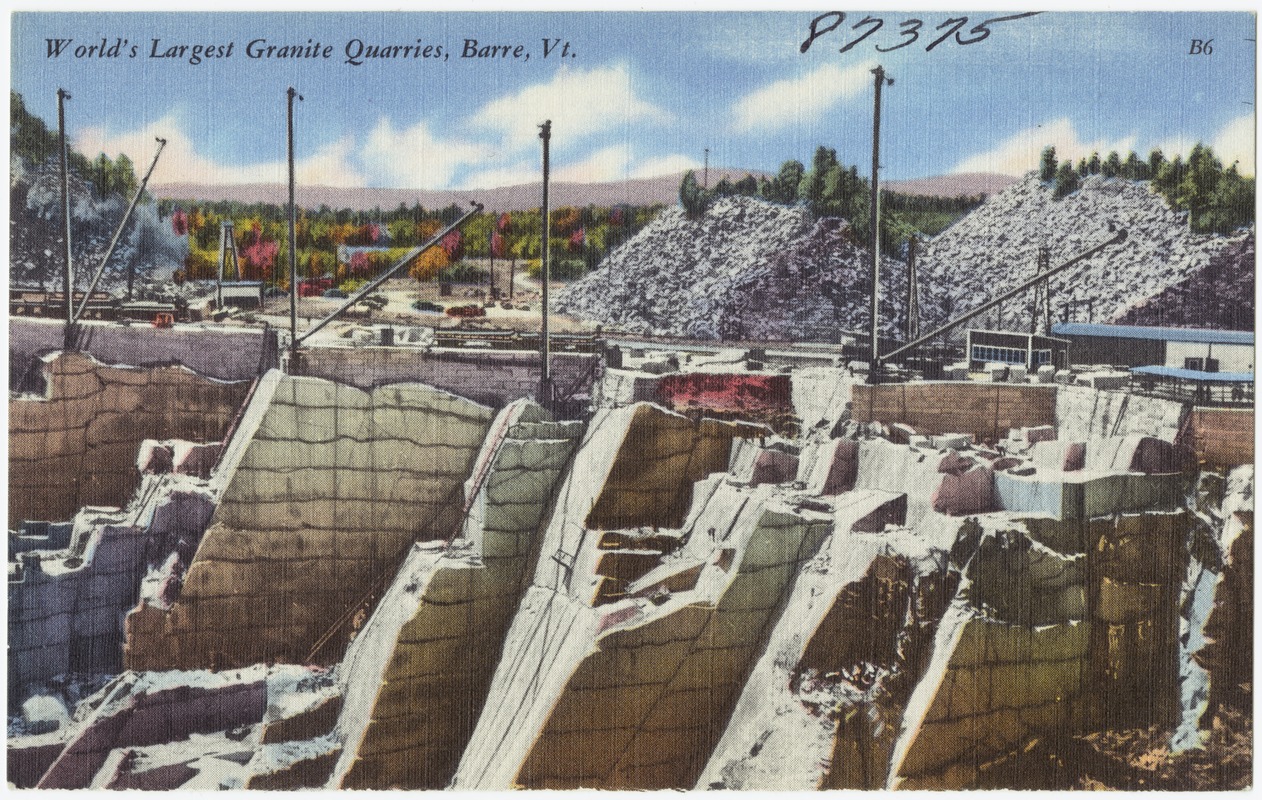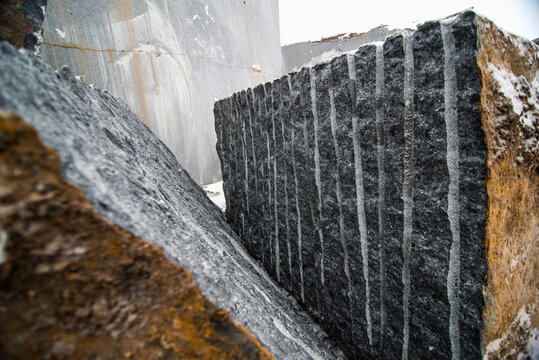Unlocking All-natural Prizes: Granite Quarries in South Africa Unveiled
Unlocking All-natural Prizes: Granite Quarries in South Africa Unveiled
Blog Article
Uncovering the Rich History and Lasting Practices of Granite Quarrying
As we base on the precipice of uncovering the intricate tapestry of granite quarrying, a trip through time exposes not just the physical act of removing stone however also the social and historic relevance woven right into the extremely textile of this method. From the old origins that laid the structure for modern quarrying methods to the lasting practices that are forming the future of this sector, each chisel mark on granite surface areas tells a story waiting to be discovered (granite quarries in south africa). The heritage of granite quarrying extends much past simple removal; it is a testament to human resourcefulness, strength, and the enduring appeal of this impressive stone
Old Beginnings of Granite Quarrying
Dating back to ancient worlds, the technique of quarrying granite has been an important component of human background and architectural improvement. The earliest proof of granite quarrying days back to old Egypt, where huge pyramids and complex sculptures were crafted from this sturdy stone. The Egyptians utilized primitive tools to draw out granite blocks from quarries, showcasing the relevance of this material in their monumental building and constructions.
Moving ahead in history, the Greeks likewise made substantial payments to the quarrying of granite. The Greeks made use of granite in various architectural marvels, such as temples and sculptures, demonstrating their skill in shaping and carving this durable stone. The Romans even more fine-tuned the methods of quarrying granite, utilizing sophisticated tools like chisels and hammers to extract and shape granite for their iconic frameworks.
Via the centuries, the technique of quarrying granite has actually developed, with contemporary technologies enhancing efficiency while keeping the classic charm of this natural rock - granite quarries in south africa. From old people to contemporary home builders, the legacy of granite quarrying continues to form our world
Evolution of Quarrying Techniques
The advancement of quarrying methods has been noted by a continuous development in the direction of higher performance and accuracy in drawing out granite. From the simple methods used by our forefathers to the sophisticated modern technologies used in modern quarrying procedures, the market has actually gone through significant innovations. Early quarrying methods involved manual work with basic devices such as chisels, hammers, and wedges to remove granite blocks from the earth. As civilizations advanced, techniques like fire-setting and primitive dynamites were introduced to assist in the extraction procedure.
Developments in computer-controlled equipment and 3D modeling have maximized quarrying procedures, leading to very little environmental impact and improved sustainability techniques. As the need for granite continues to rise, the evolution of quarrying strategies stays important to meeting industry requires effectively and sustainably.
Cultural Significance of Granite
Granite holds an extensive cultural relevance across different human beings due to its enduring visibility in architectural work of arts and respected monoliths. The cultural relevance of granite extends beyond its physical qualities; it embodies resilience, security, and eternity, making it a symbol of enduring traditions and practices.

Sustainable Practices in Quarrying
Among the rich history of granite quarrying and its cultural relevance exists an expanding emphasis on sustainable methods within the sector. As ecological awareness and concerns about source exhaustion have actually heightened internationally, the quarrying field has actually increasingly embraced sustainable methods to reduce its effect on the setting and bordering areas.

In addition, reclamation and rehab of quarry websites post-extraction are integral to sustainable methods. By recovering quarried locations to a natural or helpful state, such as creating wildlife environments or recreational spaces, quarriers can balance out the ecological impact of their procedures and add favorably to the neighborhood ecological community.
Legacy of Granite Quarrying
With a historical backdrop steeped in workmanship and commercial progress, what enduring impact has granite quarrying left on the landscape of modern culture? The heritage of granite quarrying goes beyond plain removal techniques; it has actually formed building marvels, urban landscapes, and cultural heritage worldwide. The resilient nature of granite has made it a preferred choice for monuments, structures, and framework, standing as a testimony to the ability and creativity of quarry workers across generations.
Moreover, the financial impact of granite quarrying can not be find out here now ignored. The market continues to offer job opportunity and drive neighborhood economic situations in areas where granite extraction is prevalent. It has actually additionally spurred technological advancements in quarrying strategies and devices, resulting in more reliable and lasting practices.
In regards to sustainability, the legacy of granite quarrying consists of efforts to alleviate ecological impacts via reclamation tasks and responsible source monitoring. By balancing financial interests with environmental stewardship, the sector strives to guarantee that future generations can remain to take advantage of this enduring natural deposit.
Final Thought

Report this page